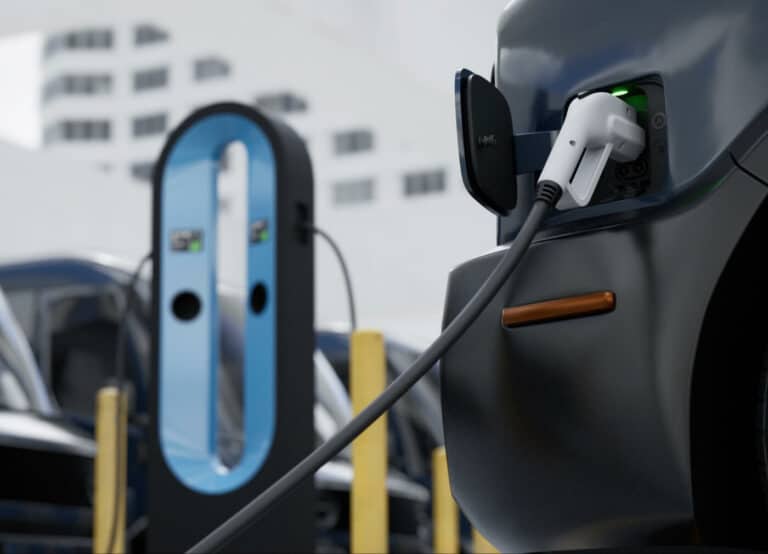When you fire up your vehicle and one of the dashboard warning lights remains lit, panic may set in. Some drivers pick up their phones and immediately call a mechanic. Others may ignore the light because visiting a repair shop doesn’t fit into the day’s schedule.
Understanding dashboard warning lights can help you determine what action to take. The light may mean it’s time to call the mechanic or signify a problem that can wait. You may even be able to solve the issue yourself.
Infographic provided by Goodwill Car Donations, Learn more about car donations MN
Learn about the most common dashboard warning lights, their meaning, and the necessary action to take here.
Knowing When There’s a Problem
You’ve probably seen your dashboard warning lights illuminate when you start your vehicle. The purpose is to show that all systems are functioning. Sometimes, one or more lights remain illuminated after the others turn off. This is an indication that there’s a problem.
The Most Common Dashboard Warning Lights
Several dashboard warning lights illuminate more often or are more serious than others. Understanding what these lights mean can save you from significant vehicle damage or safety issues.
Check engine light
Seeing the check engine light remain illuminated is stressful. That’s because this engine-shaped, amber light can signify various issues. It warns of a problem within the vehicle’s motor/emissions system. The issue can be as minimal, however, as a loose gas cap or as critical as engine failure.
When the check engine light illuminates and the vehicle performs differently, it’s time to pull over. This can help prevent serious and costly engine damage. A blinking check engine light also signifies a critical issue, requiring you to pull over as soon as it’s safe.
If the check engine light illuminates but the vehicle continues to operate normally, visit a mechanic as soon as possible. The mechanic can run diagnostics to determine the issue.
Brake system
The brake warning light is another critical part of your dashboard warning system. This red light is a circle with an exclamation point in the middle and parenthesis on the sides. You’ve probably seen the brake warning light illuminate when engaging your vehicle’s handbrake.
The brake warning light, however, symbolizes a more serious issue if it remains lit without the handbrake engaged. It signifies a problem in the braking system, such as low brake fluid, an issue with the antilock braking system (ABS), or worn brake pads. Problems within the braking system can put yourself and others on the road at risk. This light signifies it’s time to visit a mechanic.
Oil pressure
The oil pressure warning light is an oil can with a drip from the nozzle. It is another ambiguous light that may signify a critical issue or a less urgent one. The first course of action to take is to check your oil. If the oil level is low, top it off and see if the light turns off. If so, a low oil level was likely the issue.
Unfortunately, the light may remain lit or illuminate again shortly down the road, signifying a larger issue that a mechanic should check ASAP. The problem could be a faulty oil pump, worn parts, a leak in the engine, or another significant issue. Ignoring it can put you and your passengers in danger or cause a costly repair bill.
Tire pressure warning light
One of the simpler dashboard warning lights, the tire pressure warning light, signals it’s time to add or remove air from one or more of the vehicle’s tires. The light is a circle open on top with tread on the bottom (symbolizing tire tread).
While the issue may not be critical, driving with overinflated or under-inflated tires is unsafe. Stop the vehicle at a gas station or repair shop and refill the tires to the necessary rating.
Other dashboard warning lights
Your vehicle has numerous additional dashboard warning lights, including the battery warning light, seat belt indicator, high beam light indicator, coolant temperature light, and more. Some are simply informative, while others caution that your vehicle needs immediate attention.
Learn more about what dashboard warning lights mean and which ones not to ignore in the accompanying infographic.











